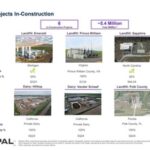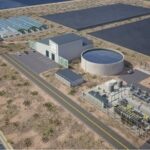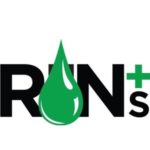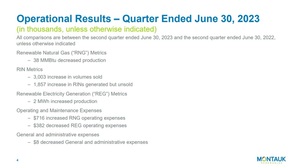More than $1 billion being invested in California RNG production
Energy Disrupter
ADVERTISEMENT
A new study has revealed that more than $1 billion is being invested in California to increase the state’s renewable natural gas (RNG) supply. By January 2021, the report predicts 160 RNG production facilities will be operational within the state.
The study, titled “California’s In-State RNG Supply for Transportation: 2020 to 2024 Assessment,” was conducted by clean technology consulting firm Gladstein, Neandross & Associates.
Information published by GNA explains that the California Air Resources Board in mid-2019 drafted a proposal to disqualify natural gas vehicles (NGVs) from participating in the Heavy-Duty Vehicle Incentive Program. The proposal was later modified to limit future NVIP funding to natural gas fueled heavy-duty vehicles equipped with an 11.9L low NOx engine. To qualify for the NVIP funding, the new vehicle must be fueled with RNG produced within California.
GNA said that when the compromise on the proposal was reached, neither CARB nor the NGV/RNG industries had a sense of the supply of RNG being produced in California. While many existing studies of future RNG supply focused on hypothetical production potential, GNA’s new study aimed to provide stakeholders and policy makers with a data-driven estimate of the total volume of RNG that will be produced within California in the near-term.
To complete the study, GNA used data provided by state and local agencies, project developers, third party marketers and other reliable sources.
The study found that 160 RNG production facilities are expected to be online in California by January 2025. Those facilities are expected to produce 119 million diesel gallon equivalents (DGE) of fuel, primarily sourced from dairy farms and landfills. That volume of fuel is enough to fuel 13,731 natural gas trucks annually.
The study also determined that more than $1 billion is being invested in California to build the state’s supply of locally produced RNG. An estimated 77 percent of that amount is coming from private investors.
GNA expects RNG produced in California to have an average energy-weighted carbon intensity of -101.74 grams of carbon dioxide equivalent per megajoule (gCO2e/MJ) as of January 2024.
According to the study, fueling natural gas trucks with the expected supply of California-produced RNG would enable fleets to generate more than 3.4 million tons of greenhouse gas (GHG) reductions annually. GNA also found that if HVIP provided a $45,000 voucher to enable the purchase of all NGVs that could be fueled by California RNG, the hypothetical new fleet would generate 51.4 million metric tons of CO2e and 20,800 tons of NOx reductions at a cost of $12.03 per metric ton of CO2e and $29,702 per ton of NOx over a 15-year period.
GNA cautions that its estimates for RNG supply are likely conservative. The study’s supply estimate only represents projects that currently exist or are under development and meet certain criteria. Given the accelerating pace of RNG development in the state, GNA said unannounced grant awards and the impact of new regulations are likely to result in even higher RNG production levels.
Additional information, including a full copy of the report, is available on the GNA website.
















